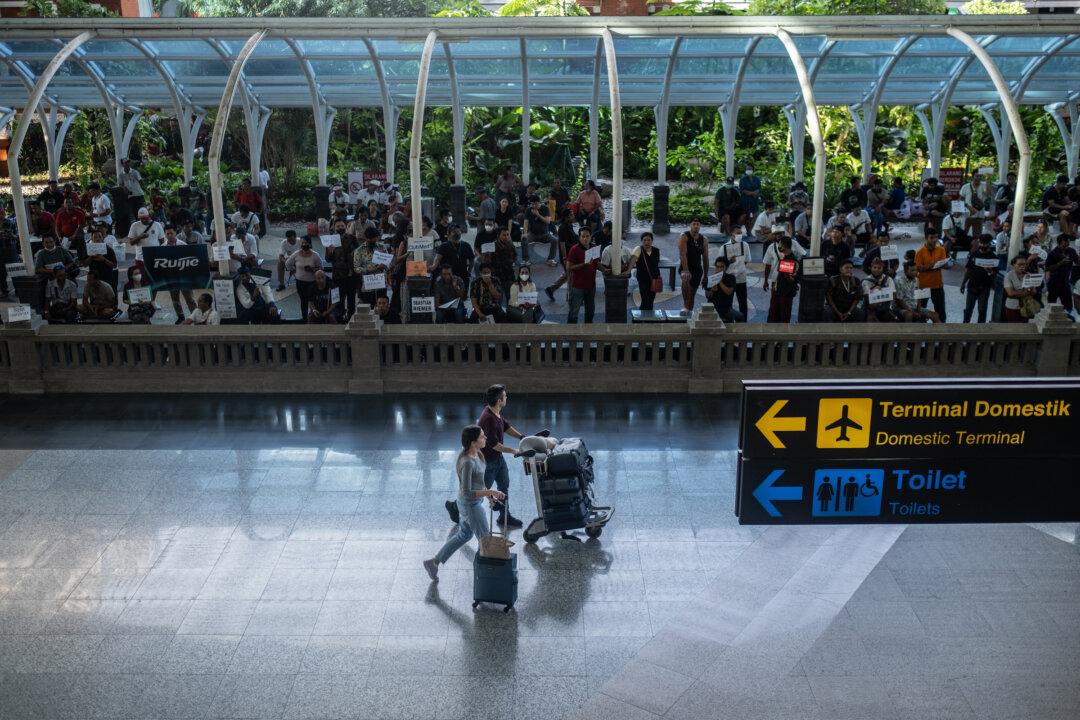A chartered plane carrying 210 tourists from mainland China arrived on the Indonesian resort island of Bali for the first time after three years of COVID-induced border restrictions imposed by the Chinese communist regime.
The Lion Air flight departed from Shenzhen and landed at an international airport in Bali on Jan. 22, the first flight since the Chinese Communist Party (CCP) eased its travel restrictions on Jan. 8.





